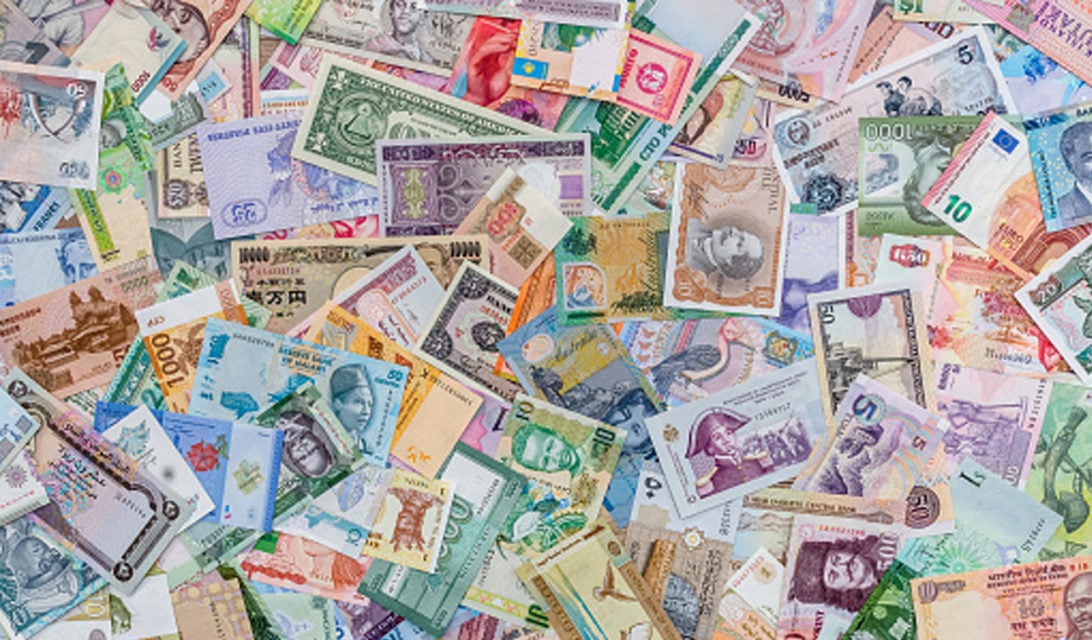Fiat money or fiat money is government-backed currency, subject to a country’s law.
What is Fiat Money?
Fiat is a Latin word and means “an official authorization”. Fiat is considered a decree. Therefore, fiat money finds its place in the market with a law by the state.
Fiat money, or fiat money, developed from asset-backed currencies. Governments used to use coins made from precious metals such as gold or silver. However, over time, it became impossible for governments to hold precious metals to support these currencies. As a result, fiat currencies emerged. Fiat money or fiat money first appeared in the United States in the 20th century.
Fiat money is under the guarantee of the state, which is authorized to print the money. Fiat money or nominal money, which has no equivalent in terms of metals such as gold and silver, comes into force by law. The value of fiat money depends on the government and foreign exchange markets, and its uses are determined by law. It is driven by the forces of supply and demand. The US dollar, Euro and other global currencies are Fiat currencies. Central banks manage the supply and set monetary policies to maintain the value of their currencies.

What is the Difference Between Fiat Money and Cryptocurrency?
The biggest difference between fiat money and crypto money is about centrality. Cryptocurrencies are, in essence, digital currencies that are part of the decentralized finance (DeFi) movement. Most cryptocurrencies are managed by decentralized networks. Fiat currencies are governed by a single authority, the state.
Some merchants and businesses today accept cryptocurrencies as payment. However, most transactions are made in fiat currencies. One reason for this is said to be due to the volatility in cryptocurrencies. In addition, cryptocurrencies are said to outperform Fiat currencies in acting as a store of value. There are also critics who think that cryptocurrencies are not a store of value due to price volatility.





